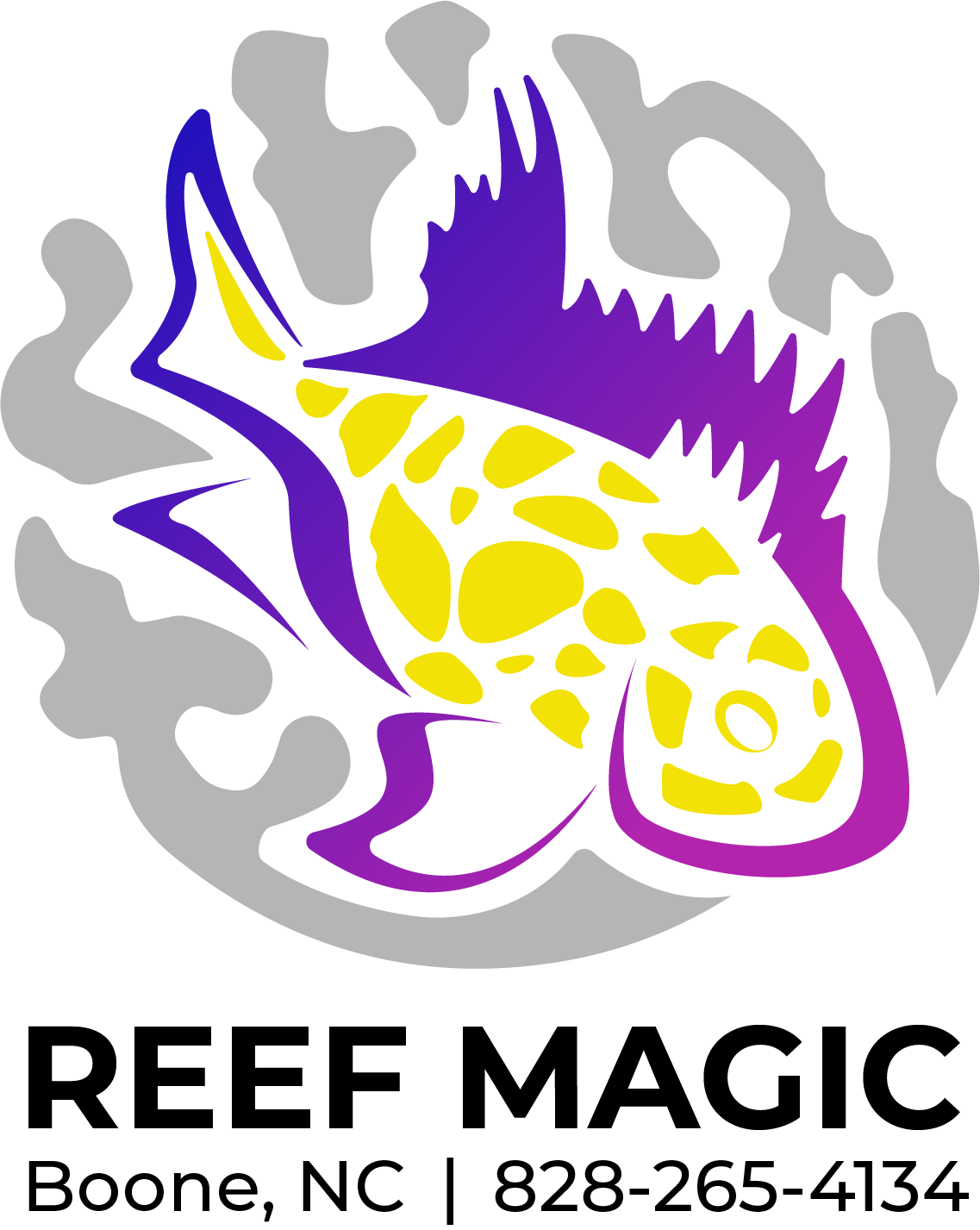 Image 1 of 1
Image 1 of 1


African Dwarf Frog
The African Dwarf Frog (Hymenochirus spp.) is a small aquatic amphibian that's popularly kept in aquariums. These frogs are native to regions of Central and West Africa and are well-suited for aquatic environments. Here's some information about African Dwarf Frogs:
Appearance: African Dwarf Frogs are small in size, typically ranging from 1 to 1.5 inches (2.5 to 3.8 cm) in length. They have a plump body with smooth skin and webbed feet that are adapted for swimming. Their eyes are positioned on top of their head, allowing them to see above the water surface even when their bodies are submerged.
Habitat and Care:
Tank Setup: A fully aquatic setup is essential, as African Dwarf Frogs spend their lives in water. A tank size of at least 10 gallons is recommended for a small group of frogs. Provide hiding spots with plants, decorations, and floating objects like leaves.
Water Temperature: Maintain a water temperature between 72-78°F (22-26°C).
Water Parameters: pH around 6.5-7.5, hardness around 5-15 dGH.
Filtration: A gentle filter is recommended to keep the water clean without creating strong currents that might stress the frogs.
Feeding: Feed them a variety of live or frozen foods such as bloodworms, brine shrimp, and small aquatic insects. Use tongs to ensure the food is near their mouths, as they have poor eyesight and might not notice food immediately.
Behavior: African Dwarf Frogs are peaceful and social creatures. They are primarily aquatic and will spend most of their time submerged, occasionally coming to the water's surface to breathe. They are not great swimmers and may struggle in strong currents, so a calm water environment is essential.
Compatibility: African Dwarf Frogs are generally peaceful and can be kept with other peaceful aquatic creatures that won't view them as food. However, be cautious with larger fish or aggressive tankmates, as they might try to eat the frogs or stress them.
Breeding: Breeding African Dwarf Frogs can be challenging in a home aquarium setting, as it requires creating suitable conditions for their reproductive behaviors and the development of tadpoles.
Important Notes:
African Dwarf Frogs have poor eyesight and rely on their sense of touch and vibration to locate food. Always ensure they're getting enough to eat, and be careful when introducing tankmates that might compete for food.
Since they are aquatic, provide them with resting spots near the water surface, like floating plants or broad leaves.
Regular water changes are essential to maintain good water quality, as frogs are sensitive to poor water conditions.
The African Dwarf Frog (Hymenochirus spp.) is a small aquatic amphibian that's popularly kept in aquariums. These frogs are native to regions of Central and West Africa and are well-suited for aquatic environments. Here's some information about African Dwarf Frogs:
Appearance: African Dwarf Frogs are small in size, typically ranging from 1 to 1.5 inches (2.5 to 3.8 cm) in length. They have a plump body with smooth skin and webbed feet that are adapted for swimming. Their eyes are positioned on top of their head, allowing them to see above the water surface even when their bodies are submerged.
Habitat and Care:
Tank Setup: A fully aquatic setup is essential, as African Dwarf Frogs spend their lives in water. A tank size of at least 10 gallons is recommended for a small group of frogs. Provide hiding spots with plants, decorations, and floating objects like leaves.
Water Temperature: Maintain a water temperature between 72-78°F (22-26°C).
Water Parameters: pH around 6.5-7.5, hardness around 5-15 dGH.
Filtration: A gentle filter is recommended to keep the water clean without creating strong currents that might stress the frogs.
Feeding: Feed them a variety of live or frozen foods such as bloodworms, brine shrimp, and small aquatic insects. Use tongs to ensure the food is near their mouths, as they have poor eyesight and might not notice food immediately.
Behavior: African Dwarf Frogs are peaceful and social creatures. They are primarily aquatic and will spend most of their time submerged, occasionally coming to the water's surface to breathe. They are not great swimmers and may struggle in strong currents, so a calm water environment is essential.
Compatibility: African Dwarf Frogs are generally peaceful and can be kept with other peaceful aquatic creatures that won't view them as food. However, be cautious with larger fish or aggressive tankmates, as they might try to eat the frogs or stress them.
Breeding: Breeding African Dwarf Frogs can be challenging in a home aquarium setting, as it requires creating suitable conditions for their reproductive behaviors and the development of tadpoles.
Important Notes:
African Dwarf Frogs have poor eyesight and rely on their sense of touch and vibration to locate food. Always ensure they're getting enough to eat, and be careful when introducing tankmates that might compete for food.
Since they are aquatic, provide them with resting spots near the water surface, like floating plants or broad leaves.
Regular water changes are essential to maintain good water quality, as frogs are sensitive to poor water conditions.

